Directional LiDAR Technology
Directional LiDAR refers to LiDAR sensors with a defined and limited field of view (FOV), rather than a full 360° scan. These systems emit and receive laser pulses within a focused directional range (typically 30° to 120°) allowing for targeted, high-resolution sensing where complete environmental coverage is unnecessary. Directional LiDARs are ideal for applications that require precision and efficiency in a specific direction, such as forward-facing navigation, collision avoidance, and perception systems for fixed or mobile platforms.
Directional LiDAR Sensors
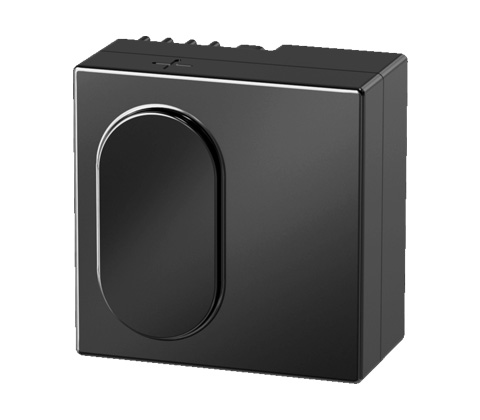
Hummingbird D1 is an automotive-grade, fully solid-state LiDAR engineered for next-generation perception. Its revolutionary electronic scanning design ensures unmatched durability and reliability for intelligent driving and robotics.
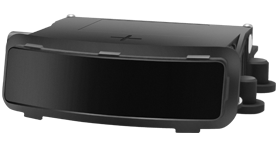
The Robin E1X has a wide FoV of 120°x20°, a range of up to 300m, and was developed using proven scanning architecture to optimize point cloud consistency.
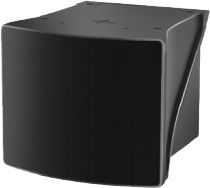
The Robin W provides a wide field-of-view (120×70°), short minimum distance (0.1m), and high resolution with low power consumption. This sensor is cost-effective and easy to integrate, making it ideal for automotive, robotics, and smart infrastructure applications.
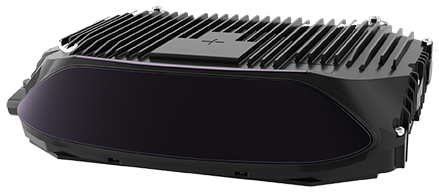
With a range of over 500m, the Falcon K delivers high fidelity data with exceptional resolution for precise object detection and tracking. Accurate, rigorously tested, and automotive grade, this mass-produced sensor drives safety across automotive, intelligent transportation, robotics and smart infrastructure.
Advantages of Directional LiDAR
- Compact Form Factor: The limited FOV allows for smaller, lighter designs that are easier to integrate into vehicles, machinery, and robotics.
- Low Power Consumption: Scanning a defined zone instead of 360° reduces power draw and thermal load.
- High-Resolution Targeted Data: Focused scanning within a smaller area provides denser point clouds and greater detail where it matters most.
- Cost-Efficiency: Directional systems can achieve high accuracy with fewer channels and simpler optics, reducing overall system cost compared to mechanical 360° sensors.
- Flexibility in Deployment: Multiple directional units can be positioned to cover specific zones, allowing custom coverage configurations for different applications.
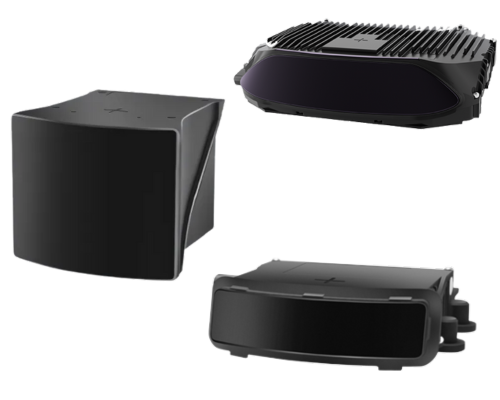
Disadvantages of Directional LiDAR
- Limited Coverage: A restricted field of view means a single sensor cannot provide full situational awareness without additional sensors.
- Alignment Sensitivity: Requires careful installation and calibration to ensure the sensing direction covers the desired area.
- Less Suitable for Mapping: Because it only captures data in a fixed direction, directional LiDAR is not ideal for mobile mapping or surveying applications that require complete 3D coverage.
- Potential Blind Spots: Gaps between coverage zones can occur if multiple sensors are not precisely aligned or synchronized.
Applications of Directional LiDAR
Directional LiDAR excels in applications that demand precision and focus rather than full-environment awareness:
Autonomous Navigation
Forward-facing sensors for obstacle detection, lane guidance, and motion planning.
Collision Avoidance
Focused detection zones for forklifts, AMRs, and industrial vehicles.
Intelligent Transportation Systems (ITS)
Traffic monitoring, pedestrian detection, and vehicle counting from fixed roadside units.
Security & Access Control
Directional perimeter scanning to detect entry into restricted areas or along specific corridors.
Industrial Automation
Machine safety and area monitoring in robotic cells, conveyors, or production lines.
Infrastructure Monitoring
Detecting structural movement or alignment in tunnels, bridges, and rail systems.
Directional vs. Mechanical and Solid-State LiDAR
| Feature | Directional LiDAR | Mechanical LiDAR | Solid-State / Hybrid LiDAR |
|---|---|---|---|
| Field of View | Limited (e.g., 30°–120°) | 360° | 60°–120° |
| Coverage | Focused | Full Surround | Targeted |
| Moving Parts | Typically None | Yes | No (or minimal in hybrid) |
| Integration | Compact, easy to embed | Larger and heavier | Compact |
| Cost | Moderate | Higher | Decreasing rapidly |
| Ideal Use Case | Collision avoidance, forward sensing | Mapping, survey, full navigation | Automotive and industrial perception |
Directional vs. Mechanical LiDAR
While mechanical LiDARs provide 360° awareness through spinning assemblies, directional LiDARs focus on specific regions of interest, making them better suited for targeted sensing where size, cost, and efficiency are priorities.
Directional vs. Solid-State LiDAR
Directional LiDAR and solid-state LiDAR share many design traits—compact, durable, and free of moving parts—but directional systems emphasize fixed scanning geometry, while solid-state sensors often use MEMS or phased arrays to electronically steer the beam.
Where Directional LiDAR Fits In The Market
As autonomy expands beyond research vehicles into commercial and industrial environments, directional LiDAR provides a practical balance between precision and scalability. By delivering detailed, reliable data within focused zones, it enables safer, more intelligent machines without the cost and complexity of full-surround systems.